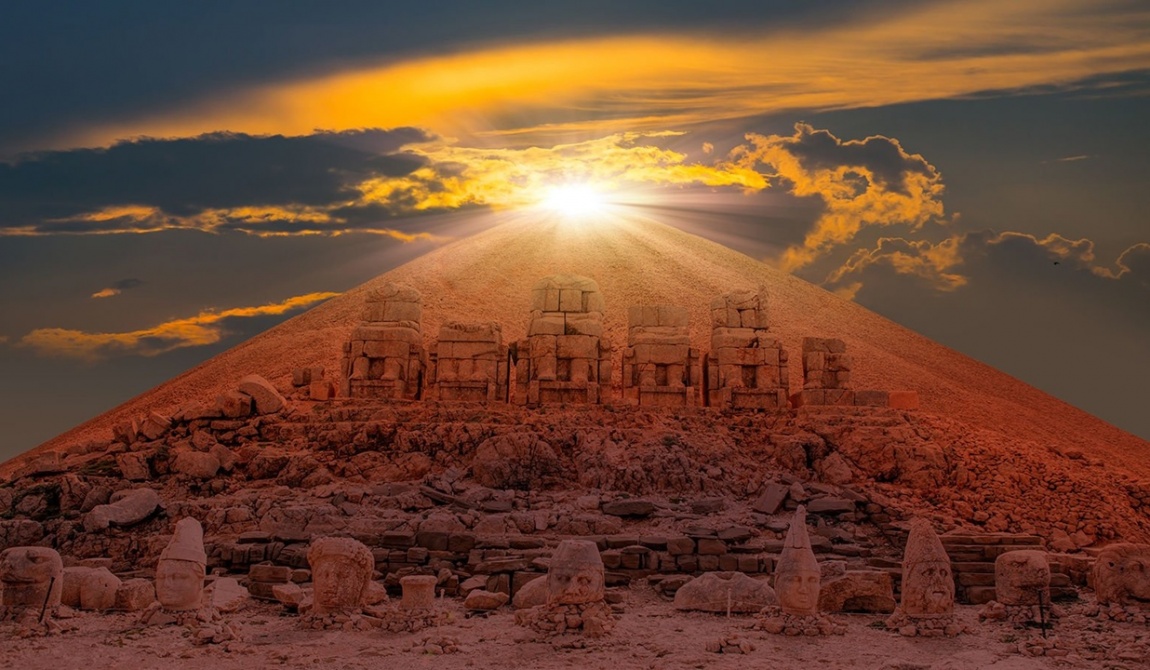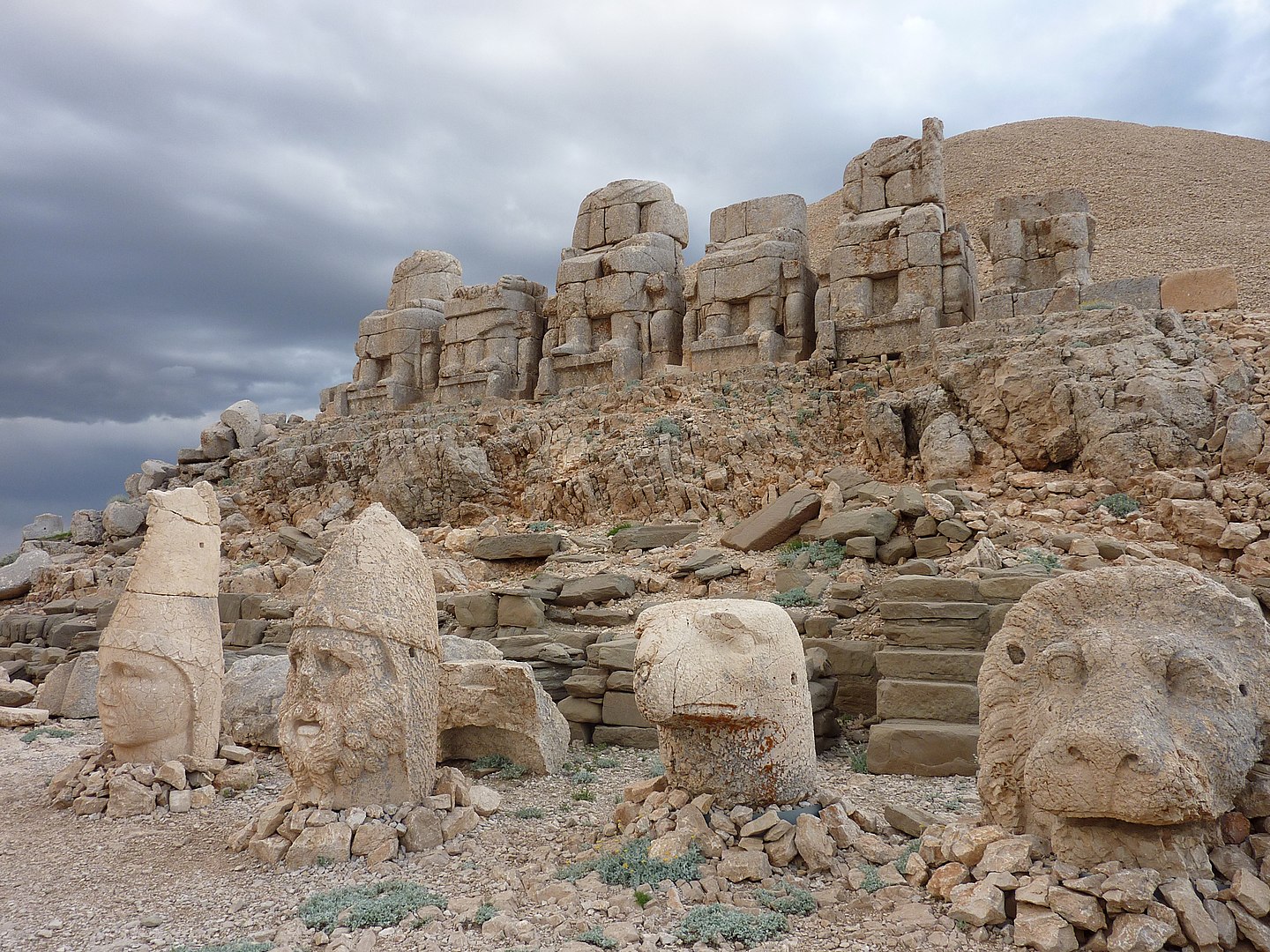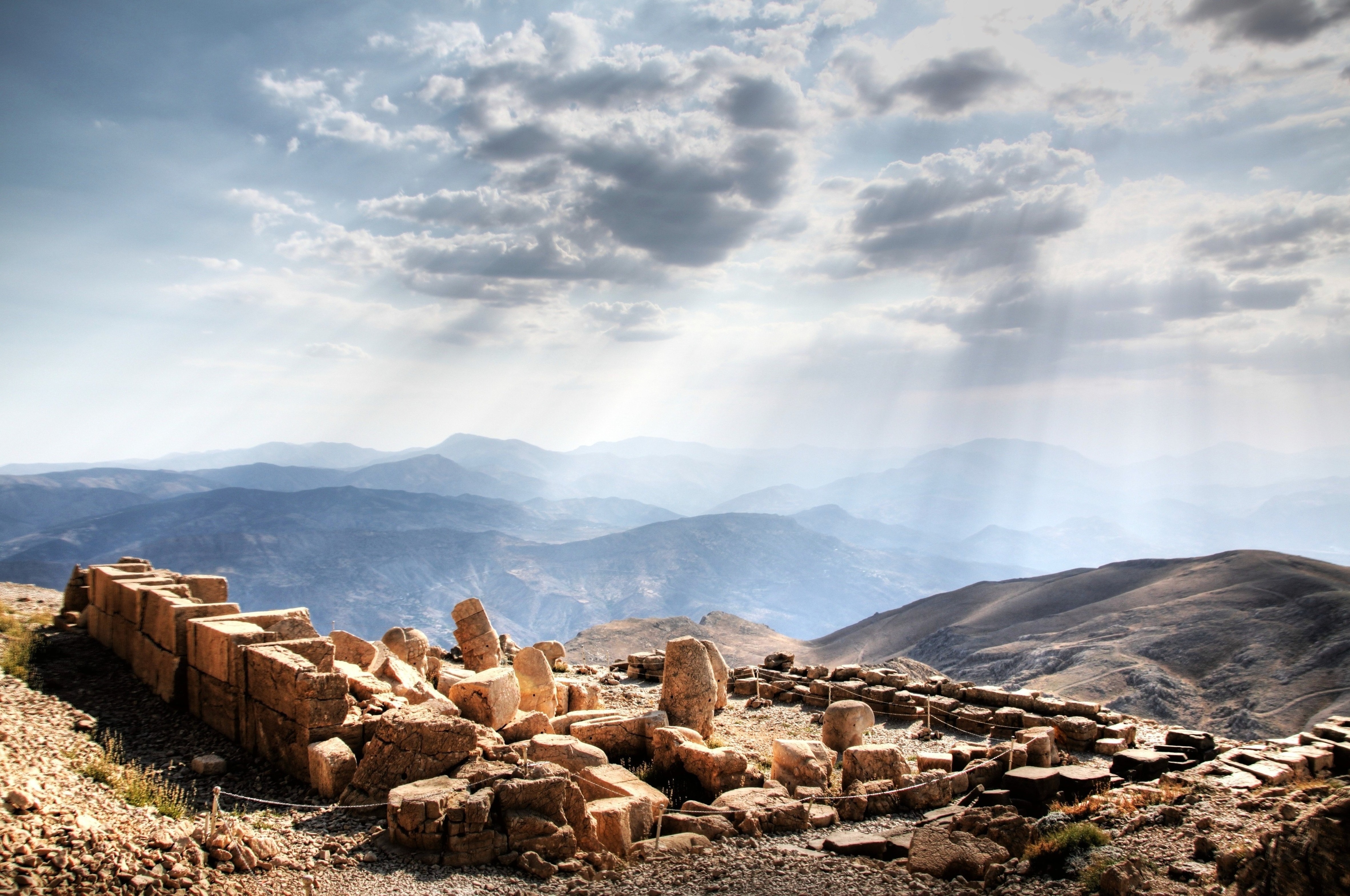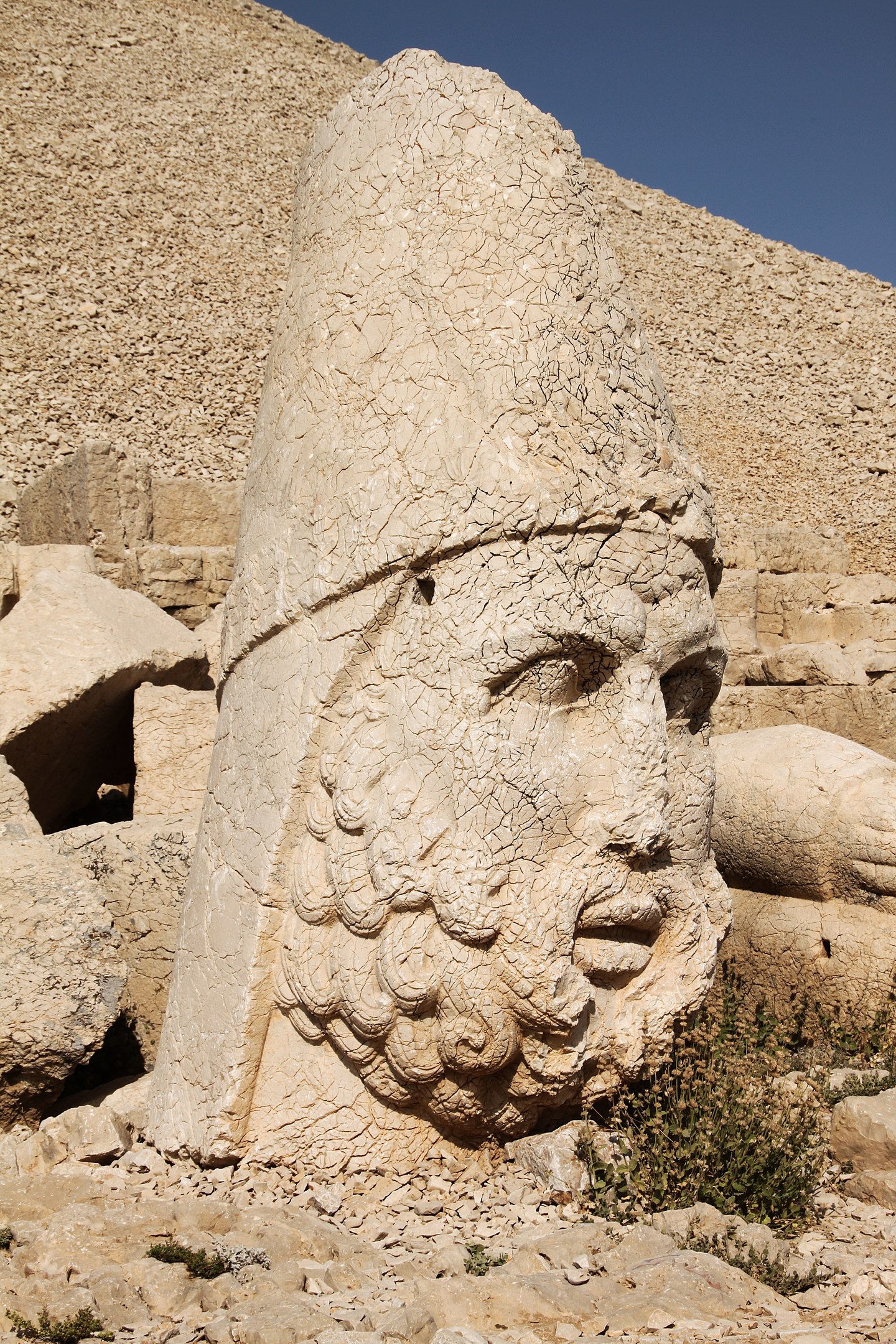 History
HistoryMount Nemrut: World Heritage Site Where Gods Watch Anatolia
By SU Magazin / 2022-11-30Adiyaman's 2134 meters high Mount Nemrut invites thousands to witness its majesty. A truly magical ancient site with its gigantic statues of Greek Gods and with its enchantingly beautiful sunrises and sunset.
Over 2000 years ago King Antiochus I, of the Commagene Kingdom commissioned the construction of this monument that to be his own tumulus on the summit of Mount Nemrut, which has become one of the most iconic places in the world. This enormous site is considered one of the most ambitious constructions of the Hellenistic period. The statues of Greek- Persian gods represent the dual cultural background of the Kingdom of Commagene. King Antiochus saw himself as one of the Gods that is in the statues. No matter what his motives were there is no question he achieve to create one of the most exceptional and ambitious ancient sites in the world. Due to its unmatched attributes that transform a natural mountain landscape into a monumental architectural complex in 1987 Mount Nemrut (Nemrut Dağı) was inscribed on the UNESCO World Heritage List.
Photo: East Terrace
The King is believed to be buried under this massive artificial mound made out of crushed limestone. However, the tomb of this great king has yet to be located despite years of excavations, covering the site with a blanket of mystery. In order to understand the reasons why such a remarkable place of worship was built more than 2,000 years ago, first we need to understand the kingdom better. The Kingdom of Commagene was founded by Mithridates I Callinicus, who claimed to be a descendant of the King of Armenia. The Kingdom dominated Mesopotamia and the great Euphrates between 109 B.C. and A.D. 72. Founded in a land where Persian culture reigns, Commagene became a personification of the harmony of East and West, which can be seen in Mount Nemrut. While the people of the kingdom lived under the influence of Greek culture, the rulers of the kingdom did not hide their admiration for the Persian, Assyrian and Armenian cultures. Archeologists believe Mount Nemrut was a sacred site for the people of Commagene, and that was the reason King Antiochus I wanted his tomb to be built on the top of the mountain.
Photo: West Terrace
The mount is surrounded by three terraces - East, North, and West. Giant statues are located on the East and West terraces of the mount. The breathtaking statues include one of the king himself as well as two lions, two eagles, and many Greek and Persian gods including Zeus, Hercules, and Apollo. Five Deities and King Antiochus I pantheons are flanked by the two guarding animals. The eagle is the protector of the sky and the lion is the protector of the land. The Hierothesion on Mount Nemrut is an extraordinary testimony to the civilization of the Commagene Kingdom and the ambitions of independence from the powers of the East and the West. Mount Nemrut is a perfect illustration that combined religious and artistic influences of Greece, Persia, and Armenia, with local Anatolian cults.
Mount Nemrut is at an altitude of 2134 meters and the temperature drops significantly at night.
Photo: West terrace / Zeus-Oromasdes
Therefore, the best time to visit the site is between May and October. At this peak of this magnificent mountain watching sunrise and sunset is the most beautiful thing you can witness. For over two thousand years King Antiochus I and his fellow Gods are witnessing the magical sunrises and sunsets of Anatolia every single day. Commagene people cross their limits to create this exceptional monument. There is nothing left between you and the sky at Mount Nemrut. Experiencing Magical Anatolian sunshine and the gorgeous statues will inspire you to cross your own limits, to the sky.
Photo: King Antiochus at Sunrise



